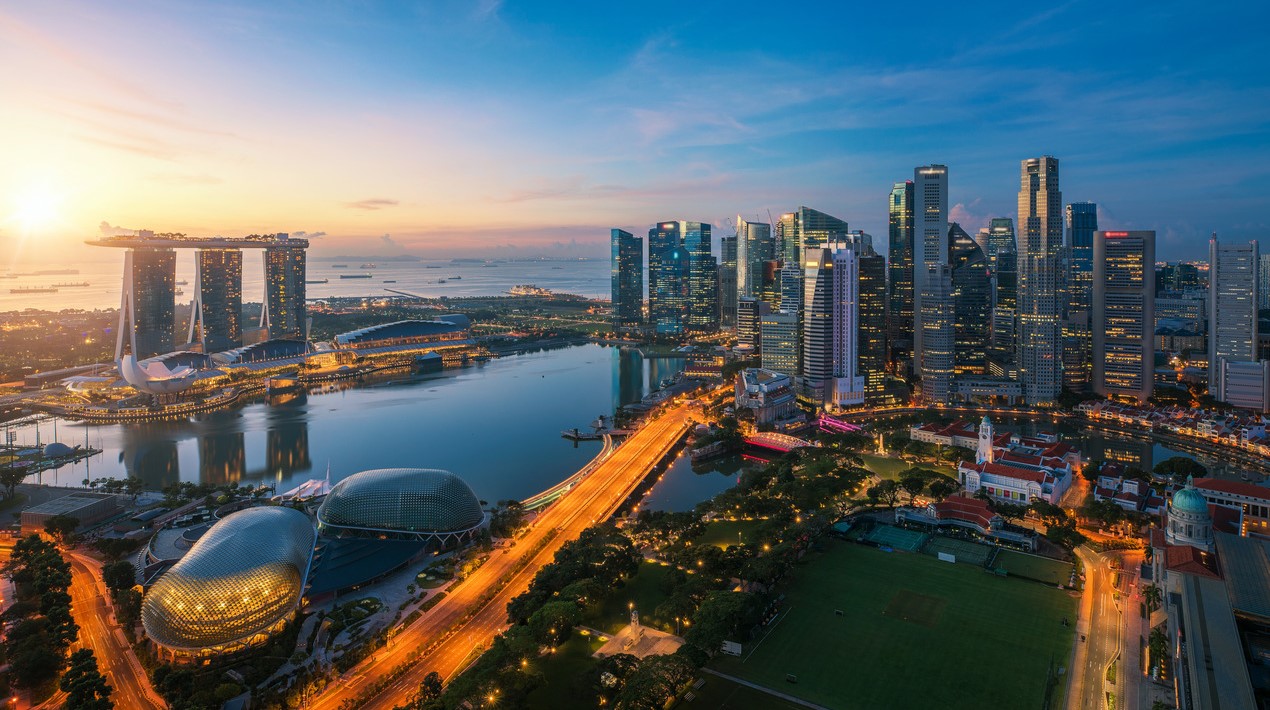
The Department of Science and Technology (DOST) unveiled three new Niche Centres in the Regions (NICERs) on Monday to promote the UN’s Sustainable Cities and Communities goals. DOST Undersecretary Rowena Cristina Guevara emphasised that, in support of the UN’s 17 Sustainable Development Goals (SDGs), the DOST is providing possible R&D (research and development) interventions through these NICERs that will strengthen inclusive and sustainable urbanisation, reduce cities’ environmental impact, reduce economic losses caused by natural disasters, and develop holistic policies and community plans.
The centre would develop a local policy for local government units based on these R&D efforts, she added, in partnership with the Philippine National Police, to decrease light pollution and energy consumption in cities and improve lighting in crime hotspots. According to Guevara, collaborative water resource management and governance will save an estimated PHP200 million per year in infrastructure damage due to mountain landslides, enhance agricultural production of rice terraces by 20%, and provide 2 million Cordillerans with sustainable clean water.
Guevara said that the Rizal Technological University (RTU) Centre for Astronomy R&D has trained over 500 young scientists in the field of astronomy and space science in senior high schools and colleges in the NCR, as well as developing the Pollution Luminance or Pollux device to monitor light pollution.
The Mountain Engineering R&D Centre of the University of the Cordilleras (UC) in Baguio City was also showcased for the mountainous communities. The centre offers research and engineering solutions to help people avoid landslides and serious flooding.
Another NICER is the University of the Philippines Cebu’s Environmental Informatics R&D Centre in Central Visayas, which will benefit the country’s forests and farming regions. Guevara went on to say that the organisation has started working on a Cebu biodiversity atlas and has used microcontroller-based sensor devices to track mango pests and diseases. It has also created species distribution maps for 103 native flora and fauna species, published biodiversity threat maps to track human settlement impacts on biodiversity richness, and created surface water maps and groundwater potential maps for 46 Cebu municipalities, all for the improvement of the Central Cebu Protected Landscape’s rehabilitation and reforestation initiatives.
“We hope that these inspiring efforts of our NICERs to deliver scientific development to their regional communities will encourage the private sector to likewise conduct R&D aligned to the region’s economic priorities,” Guevara said.
The DOST ultimately hopes that these will improve industrial sectors’ technological skills, assist domestic technology commercialisation, and create a favourable climate for regional industrial diversification and competitiveness.
OpenGov Asia reported the Republic Act 11293 or the Philippine Innovation Act is said to bolster the government’s R&D efforts. The National Economic and Development Authority had developed the implementing rules and regulations in collaboration with the Departments of Science and Technology and Trade and Industry.
The Department of Trade and Industry (DTI) recently announced plans to expand access to research and development (R&D) across the country at a recent event. In his message to the ASEAN Summit on Spin-Off Technologies, the DTI Secretary mentioned that the agency is organising Regional Inclusive Innovations Centres (RIICs) across the country to democratise the growth of start-up communities.
R&D is the “true heart” and “DNA” of entrepreneurship, he noted, and that making it more inclusive will enable more start-up communities and support young entrepreneurial talents in technology and creative industries. Micro, small, and medium-sized enterprises (MSMEs) can use the RIIC to position their products in the global value chain, giving them a competitive advantage in the global market. Developing local talent in technology and creative industries will aid in job creation, increased customer demand, and more vibrant trade in goods and services.
















